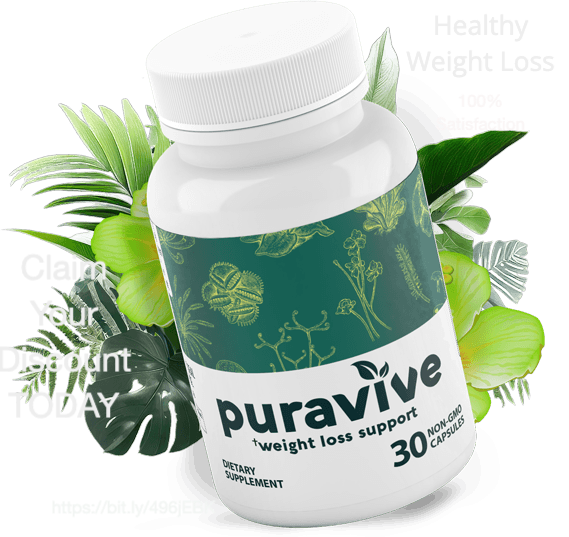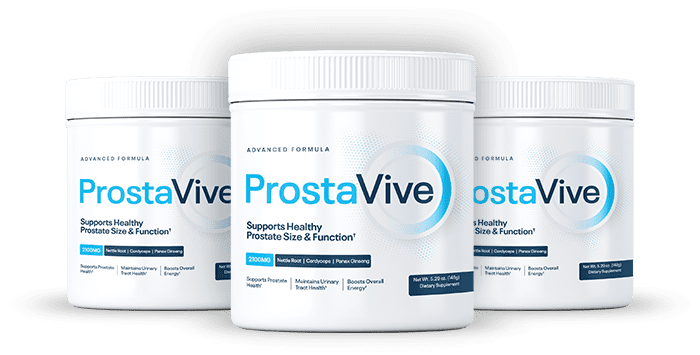Healthy Eating on a Budget: Tips and Tricks for Every Shopper

Healthy Eating on a Budget: Tips and Tricks for Every Shopper
Meal Planning: How to Save Money and Eat Healthy
Eating healthy doesn’t have to break the bank. With a little planning and some savvy shopping tips, you can enjoy nutritious meals without spending a fortune. Meal planning is key when it comes to saving money and eating healthy. By taking the time to plan out your meals for the week, you can avoid impulse buys and make sure you’re getting the most bang for your buck.
One of the first steps in meal planning is to take stock of what you already have in your pantry and fridge. This will help you avoid buying duplicate items and ensure that you’re using up ingredients before they go bad. Once you know what you have on hand, you can start to plan out your meals for the week. Look for recipes that use similar ingredients to minimize waste and save money.
When it comes to shopping for ingredients, there are a few tips and tricks that can help you stick to your budget. One of the best ways to save money is to buy in bulk. Look for items like rice, beans, and pasta in the bulk section of your grocery store, as they are often much cheaper than their pre-packaged counterparts. You can also save money by buying frozen fruits and vegetables, which are often more affordable than fresh produce and can be just as nutritious.
Another way to save money on groceries is to shop seasonally. Fruits and vegetables that are in season are typically cheaper and more flavorful than those that are out of season. Look for sales and discounts on seasonal produce to save even more money. You can also save money by buying generic brands instead of name brands. Many generic brands are just as good as their more expensive counterparts, so don’t be afraid to give them a try.
When it comes to protein, there are plenty of affordable options to choose from. Eggs, canned tuna, and beans are all budget-friendly sources of protein that can be used in a variety of dishes. You can also save money by buying cheaper cuts of meat and using them in stews, soups, and casseroles. If you’re vegetarian or vegan, tofu, tempeh, and lentils are all great sources of protein that won’t break the bank.
In addition to saving money on groceries, there are also ways to save money on meals when you’re eating out. Look for restaurants that offer lunch specials or happy hour deals, as these can be a great way to enjoy a meal out without spending a lot of money. You can also save money by sharing dishes with friends or family members, as this can help you save on portion sizes and costs.
By taking the time to plan out your meals, shop smart, and look for deals, you can enjoy healthy eating on a budget. With a little creativity and some savvy shopping tips, you can make nutritious meals that won’t break the bank. So next time you’re at the grocery store, keep these tips in mind and watch your savings add up. Happy eating!
Affordable Superfoods to Add to Your Diet
Eating healthy doesn’t have to break the bank. In fact, there are plenty of affordable superfoods that you can add to your diet without spending a fortune. These nutrient-packed foods are not only good for your health but also easy on your wallet. So, if you’re looking to eat healthier without blowing your budget, here are some tips and tricks for incorporating affordable superfoods into your meals.
One of the most budget-friendly superfoods is beans. Beans are a great source of protein, fiber, and essential nutrients like iron and potassium. They are also incredibly versatile and can be used in a variety of dishes, from soups and stews to salads and dips. Plus, beans are shelf-stable, meaning you can buy them in bulk and store them for a long time without worrying about them going bad.
Another affordable superfood to add to your diet is oats. Oats are a great source of fiber, which can help keep you feeling full and satisfied throughout the day. They are also rich in antioxidants and can help lower cholesterol levels. Oats are incredibly versatile and can be used in a variety of dishes, from breakfast porridge to baked goods like cookies and muffins. Plus, oats are one of the cheapest whole grains you can buy, making them a budget-friendly option for anyone looking to eat healthier.
Leafy greens like spinach, kale, and collard greens are also affordable superfoods that you can add to your diet. These greens are packed with vitamins, minerals, and antioxidants that can help boost your immune system and improve your overall health. They are also low in calories and high in fiber, making them a great option for anyone looking to lose weight or maintain a healthy weight. Leafy greens can be used in salads, smoothies, stir-fries, and soups, making them a versatile and budget-friendly addition to any meal.
Berries are another affordable superfood that you can add to your diet. Berries are packed with antioxidants, vitamins, and minerals that can help protect your body from disease and improve your overall health. They are also low in calories and high in fiber, making them a great option for anyone looking to lose weight or maintain a healthy weight. Berries can be eaten on their own as a snack or added to yogurt, oatmeal, or smoothies for a delicious and nutritious boost.
Nuts and seeds are also affordable superfoods that you can add to your diet. Nuts like almonds, walnuts, and peanuts are rich in healthy fats, protein, and fiber, making them a great option for anyone looking to improve their heart health and boost their energy levels. Seeds like chia seeds, flaxseeds, and pumpkin seeds are also packed with nutrients like omega-3 fatty acids, fiber, and antioxidants that can help improve your overall health. Nuts and seeds can be eaten on their own as a snack or added to salads, oatmeal, or baked goods for a delicious and nutritious boost.
Incorporating affordable superfoods into your diet doesn’t have to be difficult or expensive. By adding beans, oats, leafy greens, berries, nuts, and seeds to your meals, you can improve your health and well-being without breaking the bank. So, next time you’re at the grocery store, be sure to stock up on these budget-friendly superfoods and start reaping the benefits of a healthier diet.
Shopping Smart: Budget-Friendly Tips for Healthy Eating
Eating healthy doesn’t have to break the bank. With a little planning and some savvy shopping strategies, you can enjoy nutritious meals without spending a fortune. Here are some tips and tricks for every shopper looking to eat well on a budget.
One of the best ways to save money on groceries is to plan your meals ahead of time. Take some time each week to create a meal plan and make a shopping list based on what you already have in your pantry. This will help you avoid impulse buys and ensure that you only purchase what you need.
When you’re at the store, stick to your list and avoid shopping when you’re hungry. Studies have shown that shopping on an empty stomach can lead to impulse buys and unhealthy choices. By eating a healthy snack before you head to the store, you can resist the temptation to grab that bag of chips or candy bar.
Another way to save money on groceries is to buy in bulk. Many stores offer discounts on items when you purchase them in larger quantities. Consider buying staples like rice, beans, and pasta in bulk to save money in the long run. You can also freeze items like meat and bread to extend their shelf life and prevent waste.
Don’t be afraid to buy generic brands. In many cases, store-brand products are just as good as name-brand items but cost significantly less. Compare prices and ingredients to see if you can save money by opting for the generic version.
Look for sales and discounts on healthy items. Many stores offer weekly specials on produce, meat, and dairy products. Take advantage of these deals to stock up on nutritious foods at a lower cost. You can also use coupons and loyalty programs to save even more money on your grocery bill.
Consider shopping at discount stores or farmers’ markets for fresh produce. These venues often offer lower prices on fruits and vegetables compared to traditional grocery stores. You can also buy in-season produce to save money and enjoy the best flavors.
If you have the space, consider starting a garden to grow your own fruits and vegetables. This can be a cost-effective way to enjoy fresh produce and reduce your grocery bill. You can also preserve excess produce by canning or freezing it for later use.
When it comes to protein sources, consider incorporating plant-based options like beans, lentils, and tofu into your meals. These items are typically less expensive than meat and can be just as satisfying and nutritious. You can also buy cheaper cuts of meat and use them in stews, soups, or casseroles to stretch your budget.
Lastly, don’t be afraid to get creative in the kitchen. Use leftovers to create new meals, experiment with different spices and seasonings, and try new recipes to keep things interesting. Eating healthy on a budget doesn’t have to be boring or bland. With a little planning and some smart shopping strategies, you can enjoy delicious and nutritious meals without breaking the bank.
https://www.amazon.com.au/




